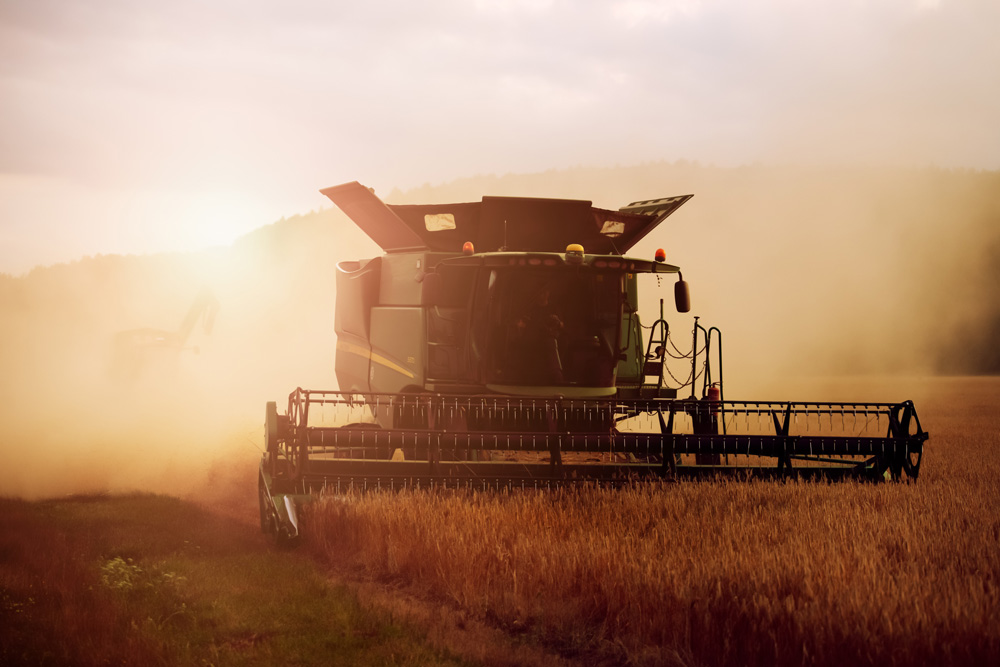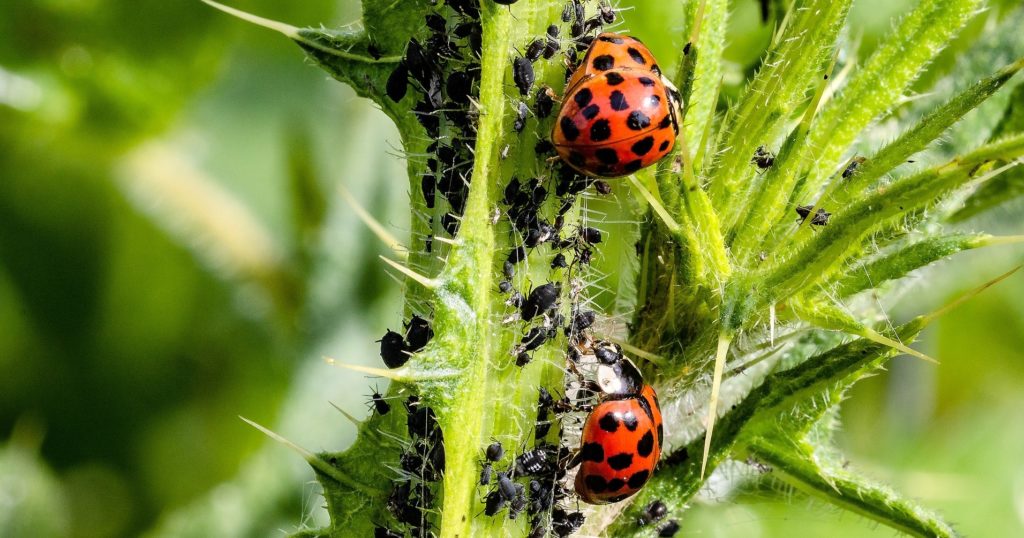Can crop production be climate neutral? – a Swedish farmer cooperative company with 25 000 members and operations in 25 countries – says “yes”!
In a recently launched ”Farming for the Future” report, Lantmännen underscores that achieving climate neutrality is not only about climate, but that sustainable food production has to rely on principles of resource efficiency, productivity and farm profitability. And, according to their analysis, it is possible to achieve these goals by following a seven principle strategy outlined in this article.
By all means, Sweden is a highly industrialized country with robust institutional capacity, which will play a role in implementation. Nevertheless, these principles could offer inspiration for other actors who wish to move towards climate-smart farming too.
Agriculture generates around a quarter of the global greenhouse gas emissions, including more than 40% of methane, a gas that has the highest warming potential. Reducing the climate impact of our food system includes consumer-side measures, like shifting to a more plant-based diet and cutting food waste. However, climate-neutral agriculture won’t happen without drastic reductions in emissions at the level of production.
Achieving the goals of the Paris Agreement by limiting global warming to 1.5 degrees by 2050 requires cutting greenhouse gas emissions by half every decade. Lantmännen is certain that their strategy can deliver on these climate goals within their agricultural production. So, what does this strategy consist of?
1. Transitioning to fossil-free farming
Swedish agriculture is highly mechanized, and most of the machinery runs on fossil fuels. Opting for bio-based alternatives or using electricity from renewable sources could cut greenhouse gas emissions from crop production by 10%, according to the report. Lantmännen’s ambition is to reach fossil-free machinery in the Nordic region already by 2030.
Another part of the transition is about rethinking the use of fertilizers. Currently, Swedish farming mostly relies on mineral fertilizers, as they are relatively cheap and handy to apply in a controlled way. However, mineral fertilizers are a major climate culprit. For instance, the production of mineral nitrogen fertilizer heavily relies on natural gas. Using more organic fertilizers, such as animal manure, or mineral fertilizers produced with green sources of energy could substantially reduce the emissions from farming. Nitrogen fertilizers produced with wind or solar power are under development but are still too expensive to be commercially viable.
2. Producing green energy from farmland
In Sweden, many farmers already grow willow and other bioenergy crops. But it is also possible to produce bioethanol, from grain, ley and plant residues through fermentation and distillation. Bioethanol can then be used to run farm machinery and food transports – a smart circular solution! Currently, ethanol produced from crop and crop residues is still more expensive than fossil alternatives and using agricultural land to grow energy crops generates debates about competition with food security. So, it is important to understand that biofuel is one element of the renewable energy portfolio and should be combined with other sources, like solar, wind and waste-to-energy.
3. Reducing nutrient losses
Conventional intensive cropping systems with high use of fertilizers and soil tillage leak nitrogen, both to the atmosphere and into water bodies. When nitrogen gets in the air it turns into nitrous oxide, a gas that traps heat and radiation and is considered 300 times stronger than carbon dioxide in terms of the greenhouse effect. When nitrogen leaks into water it causes eutrophication, choking aquatic life and leading to toxic algae blooms. It is possible to reduce nitrogen leakage by employing precision farming, optimizing the use of fertilizers and other inputs, as well as through smart liming and drainage measures.

